Воздушная помеха это первое, что можно увидеть на экране любого георадара, особенно с неэкранированными дипольными антеннами. Сигнал от передатчика быстрее распространяется в воздушном пространстве и также быстро возвращается в приёмник рися на экране георадара множество не очень сложных линий. Часто эти линии прямые или изогнутые, зависит от высоты наземного объекта и его удалённости от георадара. Сигналы от наземных объектов мгут быть в виде горизонтальных, вертикальных, гиперболических, наклонных линий, в виде "тельняшки", в виде "шума. Проблема в том что "воздушка" обычно заслоняет полезный сигнал, скрывает его на горизонтах необходимых оператору георадара. Определить "воздушку" достаточно легко -- эти сигналы зачастую очень растянуты по разрезу, они лучше прорисованы, более контрасные. В программе Крот при помощи ИНСТРУМЕНТА "Гипербола" можно измерить скорость воздушного сигнала, обычно такие сигналы укладываются в диапазоне 10-15, в то время как сигналы от подземных объктов имеют скорость от 3 до 8. Сигналы от локальных подземных объектов не столь массивные по простиранию и никогда не смогут заслонить "воздушку" потому что возвращаются значитьно позже. В видео продемонстрированы примеры разнообразных сигналов от объектов с поверхности и подземных объектов. Удачи в поисках!
Ищущий да обрящет.
Airborne interference is the first thing that can be seen on the screen of any GPR, especially with unshielded dipole antennas. The signal from the transmitter spreads faster in the air and also quickly returns to the receiver. There are a lot of not very complicated lines on the GPR screen. Often these lines are straight or curved, depending on the height of the ground object and its distance from the GPR. Signals from ground objects can be in the form of horizontal, vertical, hyperbolic, oblique lines, in the form of a "vest", in the form of "noise". The problem is that the" air "usually obscures the useful signal, hides it at the horizons necessary for the GPR operator. air "is quite easy - these signals are often very stretched along the section, they are better drawn, more contrasting. In the Mole program, using the" Hyperbola TOOL", you can measure the speed of an air signal, usually, such signals are within the range of 10-15, while signals from underground objects have a speed of 3 to 8. Signals from local underground objects are not so massive along the strike and will never be able to block the "air" because they come back much later. The video demonstrates examples of various signals from objects from the surface and underground objects. Good luck in the search!
The seeker will find.
Ищущий да обрящет.
Airborne interference is the first thing that can be seen on the screen of any GPR, especially with unshielded dipole antennas. The signal from the transmitter spreads faster in the air and also quickly returns to the receiver. There are a lot of not very complicated lines on the GPR screen. Often these lines are straight or curved, depending on the height of the ground object and its distance from the GPR. Signals from ground objects can be in the form of horizontal, vertical, hyperbolic, oblique lines, in the form of a "vest", in the form of "noise". The problem is that the" air "usually obscures the useful signal, hides it at the horizons necessary for the GPR operator. air "is quite easy - these signals are often very stretched along the section, they are better drawn, more contrasting. In the Mole program, using the" Hyperbola TOOL", you can measure the speed of an air signal, usually, such signals are within the range of 10-15, while signals from underground objects have a speed of 3 to 8. Signals from local underground objects are not so massive along the strike and will never be able to block the "air" because they come back much later. The video demonstrates examples of various signals from objects from the surface and underground objects. Good luck in the search!
The seeker will find.
- Категория
- Микрокредиты и Займы
- Теги

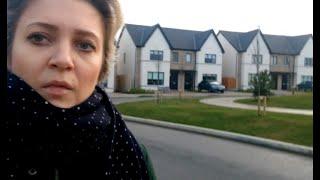


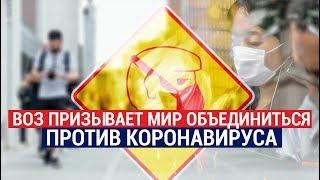
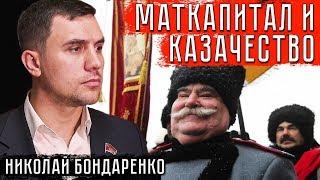

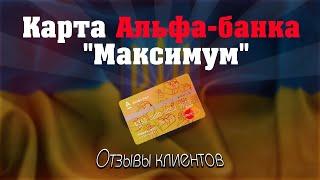


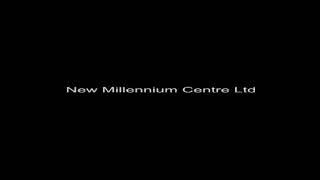
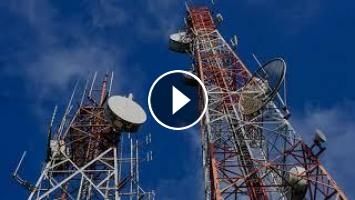
Комментарии